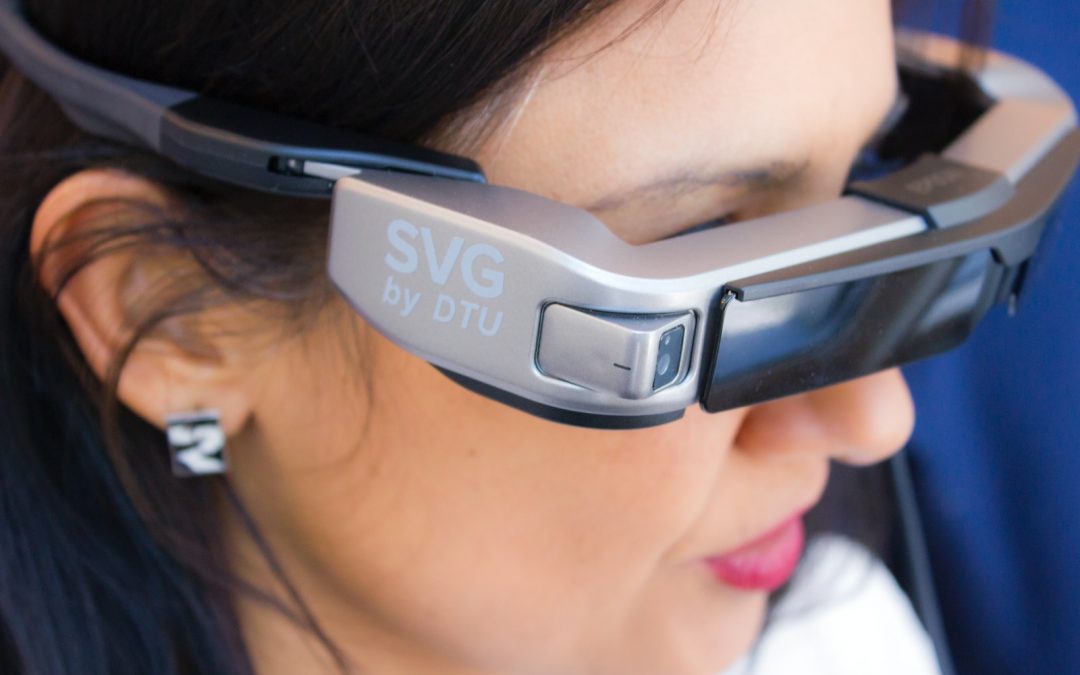Digital dentistry has come a long way in the last few years, and 2023 is set to be an exciting year for the industry. With new technologies and advancements in software, digital dentistry is becoming more efficient, cost-effective, and precise than ever before. Here are the top 10 digital dentistry trends for 2023.
Artificial intelligence (AI) in dentistry
AI technology is set to revolutionize dentistry in 2023. It has the potential to analyze data more effectively and accurately than humans, providing more precise diagnoses and treatment plans. AI-powered dental software will be able to analyze patient data, predict treatment outcomes, and even assist in surgeries.
Intraoral scanners
Intraoral scanners are fast becoming a standard in modern dental practices. The technology is advancing, and intraoral scanners are becoming more accurate and user-friendly. They provide more precise scans, improve communication between the dentist and lab technician, and ultimately save time and money.
Guided implant surgery
Guided implant surgery is a revolutionary technique that is quickly gaining popularity. It involves the use of digital imaging technology and CAD/CAM software to create a 3D model of the patient’s mouth. This allows dentists to plan the implant surgery more accurately and safely, resulting in better outcomes and faster healing times.
3D printing
3D printing has been around for a while, but it’s becoming more affordable and accessible. Dental practices are using 3D printers to create everything from surgical guides to dental models. This technology saves time and money and allows for more customized solutions.
Teledentistry
Teledentistry is a relatively new concept that allows dentists to diagnose and treat patients remotely. Patients can communicate with their dentist using video conferencing software, and dentists can provide consultations, prescribe medication, and even monitor treatment progress.
Augmented reality (AR) in dentistry
AR technology is set to revolutionize the way we educate patients and plan treatment. AR can be used to show patients what their teeth will look like after treatment, which helps to manage expectations and improve communication. It can also be used to guide dentists during surgeries, making procedures safer and more accurate.
Digital smile design
Digital smile design is a technique that allows dentists to design a patient’s smile digitally before any treatment is carried out. This helps the patient to visualize what their new smile will look like and provides a more predictable outcome.
Cloud-based practice management software
Cloud-based practice management software is becoming more popular as it allows dental practices to access patient records, appointment schedules, and financial data from any device with an internet connection. This improves efficiency and allows for more streamlined workflows.
Wearable technology
Wearable technology, such as smartwatches and fitness trackers, is becoming more prevalent in dentistry. Wearable devices can track patient data, such as sleep patterns and heart rate, which can be used to diagnose and treat conditions such as sleep apnea.
Digital marketing
Digital marketing is becoming increasingly important for dental practices. With the rise of social media and online reviews, it’s important to have a strong online presence. Digital marketing can help dental practices to attract new patients and build a loyal following.
Conclusion
In conclusion, the digital dentistry landscape is set to evolve rapidly in 2023. AI, intraoral scanners, guided implant surgery, 3D printing, teledentistry, AR, digital smile design, cloud-based practice management software, wearable technology, and digital marketing are all set to have a significant impact on the industry. Dental practices that embrace these trends will be better equipped to provide efficient, cost-effective and patient-centered care, while also staying ahead of the competition. By investing in the latest digital dentistry technologies and incorporating them into their practice workflows, dental professionals can provide improved patient outcomes, reduced treatment times, and increased patient satisfaction.
It’s also worth noting that with the increasing popularity and availability of digital dentistry technologies, patients are becoming more educated and expectant of these services. As such, it’s important for dental practices to not only invest in these technologies but also educate their patients on the benefits they provide.

